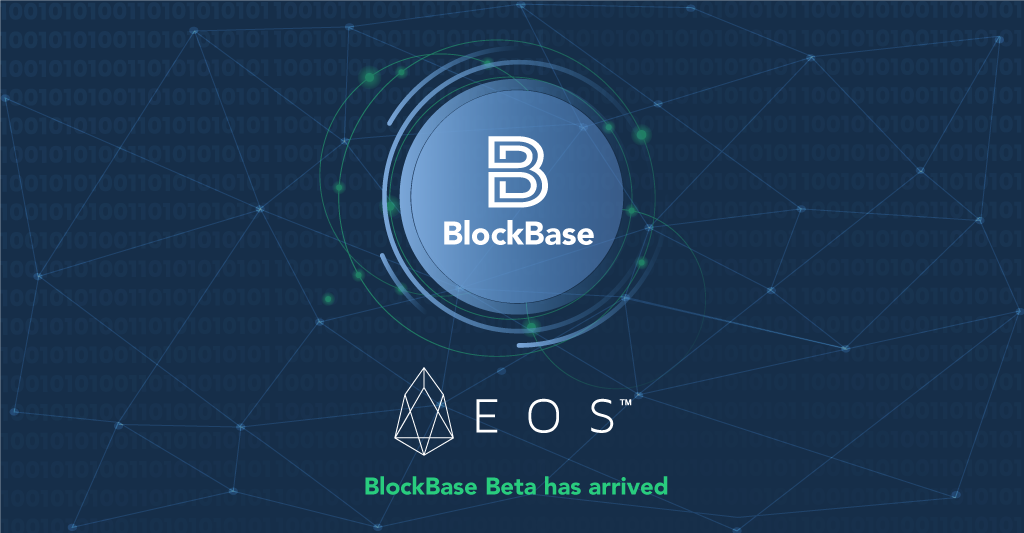
BlockBase Beta has arrived
Ricardo Schiller - April 23, 2020
BlockBase Beta has arrived! After more than 3 years since the concept was first envisioned, and 1.5 years of active research and development, we’ve finally moved into the EOS main net.
BlockBase was being tested on the EOS Jungle test net for about 3 months now and moving it from test net to main net was a small step for us, but a giant leap for BlockBase.
From now on, the BlockBase software may be actively run by anyone who wants to participate on the BlockBase network (The software is still in beta, so be careful not to use large amounts of BBT, there will be dragons!).
There are two types of users, service requesters and service providers. Both need to run a BlockBase node to use the service. Service requesters use the software to store their databases on blockchain, and benefit from integrity, immutability, accountability, redundancy and access. They have to pay for this service using BBT (BlockBase tokens). Service providers run the software to benefit financially from it, by providing the service for the service requesters. Service providers are hence very similar to a distributed cloud service. Anyone can be either a service requester or a service provider, or both.
When a service requester requests the provision of the service, he has to define the service level agreement that best fits his needs. There are five variables involved in this: (1) time between blocks, (2) payment per block in BBT, (3) number of blocks between settlements, (4) number of service providers, (5) number of producers required stake. Let’s break these down.
(1) The time between blocks specifies how many blocks per unit of time are needed. This will determine the frequency that service providers agree on the data they are storing and peg that data to the EOS network. Take into account that this process is expensive and doesn’t necessarily need fast block times.
(2) Every time a block is produced there will be a cost associated to it, which will be paid with BBT during the settlement phase. The amount of BBT paid per block will be paramount for service providers to decide if they want to participate or not on servicing that requester.
(3) Settlements happen periodically and are the phase where service providers are paid for their service, and where service providers may join or leave the network.
(4) The number of service providers requested determines how decentralized your network is, but also how much you’ll have to pay for it.
(5) The stake required for producers can be viewed as a deposit producers have to make. This stake is what the producers will lose if they fail to provide the service correctly.
All these variables are related to one another, and have to be discovered by the market. In order to help that process, we’ve built an online calculator where you can fiddle with the configurations and see how much they would cost.
Since the software has just come out, there is still very low service supply and demand. If you’re interested in the technology, the best way to go is to be both a service requester and a provider. With this configuration you can be your own provider, explore the technology as a requester, and also offer services to other requesters that want to join the network. The software is available for download on the BlockBase Node GitHub Repo.
If you want to dive deeper on BBSQL, you can go to our sandbox and create a database there. We’ve added some examples of how to create a database, add columns with encryption, and run insert, update and delete operations. BlockBase was designed from the start to offer a way for businesses to store their data on blockchain without having to learn a completely new technology from scratch. Also, it is designed to scale from one private node pegged to an EOSIO main chain, to a fully distributed network of nodes. This allows for businesses to scale their operations in the way they see is best for them.
You should visit the BlockBase Explorer where you can find all the documentation we’re building and also the BlockBase Network Tracker where you can monitor all the nodes and sidechains currently running.
Published by Ricardo Schiller
Lead Architect